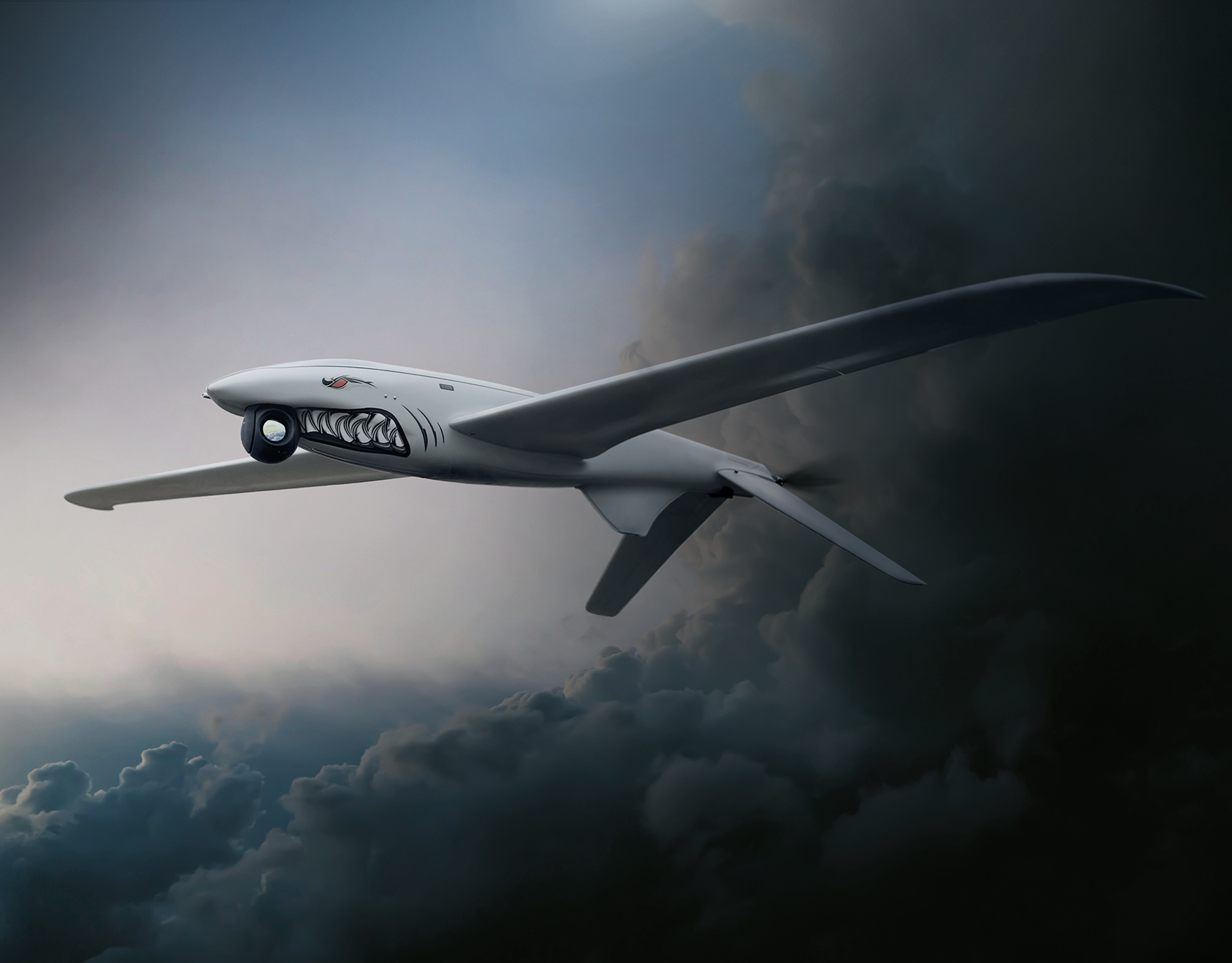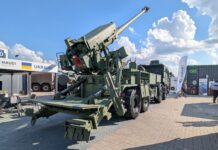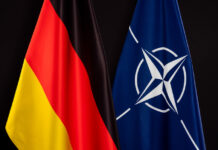The large-scale use of unmanned weapons platforms in Ukraine reflects the rapid evolution of modern warfare, where tactical advantages are often short-lived due to the emergence of countermeasures. With Ukraine ramping up production of long-range unmanned aerial vehicles, this surge highlights Ukraine’s growing reliance on unmanned systems for defence. Lessons from the war show that unmanned systems are now integral to military strategies, with success relying on adaptability and innovation.
Production capacity and range is increasing
Ukraine intends to produce nearly 30,000 long-range drones in 2025, according to President Volodymyr Zelenskyy, when he unveiled the plan in late 2024. In October 2024, Ukraine’s Ministry of Defence reported that 1.6 million unmanned aerial vehicles (UAVs) of various types had been contracted over ten months, at a value of over UAH 114 billion (approximately EUR 2.55 billion). This number includes reconnaissance drones, long-range strike drones, first-person view (FPV) drones, and various other types. Yet this clearly doesn’t represent all UAVs purchased for the Ukrainian defence forces over the past year, since drones are also separately contracted by other defence agencies, including the Security Service, the National Guard, and the Ministry of Internal Affairs. UAVs are also purchased directly on the open market by military units and volunteer organisations, who then hand them over to the military. Speaking of numbers, according to First Deputy Minister of Defence, Ivan Havryliuk, since the start of 2025, the Defence Forces have been receiving approximately 200,000 drones, including FPVs, per month. This marks a staggering tenfold increase year-on-year, with around 20,000 units received monthly in the first quarter of 2024.
However impressive these numbers might seem, as well as progress compared to 2024, under the conditions of large-scale combat, the need for massive supply of UAVs of various types will always remain. Therefore, even with the current statistics, it is likely that the Ukrainian defence forces will continue to ramp up their UAV procurement. Even Russia, when attacking Ukrainian cities far behind front lines, exerting psychological pressure on Ukrainian civilians, most often make use of one-way attack (OWA) drones rather than missiles. Russia is also ramping up production of UAVs, including Shaheds and decoy drones, as the lifespan of its strategic aviation is not limitless. Additionally, ballistic missiles are significantly more expensive than drones, making them comparatively rare choices for precision strikes.

Russian OWA UAVs are also constantly being modernised, as are the tactics governing their use. Various methods of countering electronic warfare (EW) systems are tested to make drones resistant to spoofing and jamming. Additionally, the Russians are also trying to improve speed and manoeuvrability parameters. Russian manufacturers are also experimenting with payloads, loading drones with large amounts of explosives, various warheads, and other equipment. Meanwhile, the international community is still able to complicate the Russia’s domestic UAV production and upgrades, since most spare parts consist of imported components. The situation is different for Ukraine, since it needs to deliver strikes at a range of 500 km or even >1,000 km. Certain types of UAVs are specifically used for this purpose, as Ukraine currently lacks other weapons capable of reaching targets at such distances.
Therefore, one key trend from 2024 was the notable increase in the number of different types of unmanned systems employed on the battlefield, on both side of the front lines. We are now at a stage where drones are able to attack Russian oil refineries, defence enterprises, and military infrastructure almost on a daily basis, both close to the border and deep inside the country. A qualitative breakthrough was achieved in 2024 in this regard, since in 2022, Ukraine delivered no such attacks, and in 2023 their long-range strikes rarely involved drones. At present, all Russian territory within 1,500 km of the Ukrainian border is under threat of long-range drone attacks. On the night of 6 November 2024, Ukraine attacked a Russian Navy Caspian Flotilla base in the city of Kaspiysk, nearly 1,500 km from Ukraine, striking several Russian naval missile carriers. Prior to that, the longest-range strikes were expected to cover a range of up to 1,200 km, including one that attacked Russian defence industrial infrastructure in the Republic of Tatarstan. At the same time, Ukrainian Commander-in-Chief Oleksandr Syrskyi said that Ukraine was able to strike targets at ranges of 1,700 km. Throughout 2024, a total of 377 targets in Russia were destroyed. This means there were many more direct OWA UAV attacks on these targets. In 2025, such strikes will remain a significant problem for Russia, since it is simply impossible to deploy effective air defences that cover all critical facilities scattered across Russia’s vast territory. Numbers prove the effectiveness of such UAV raids. By the end of 2024, Russia’s oil refining capacities had dropped to a 12-year minimum – all due to drone attacks.
Ukraine’s UAV portfolio is growing
There are currently estimated to be more than 500 companies engaged in drone production in Ukraine, with more than 240 projects already certified by the Ukrainian MoD. The number of companies undergoing the certification procedure to obtain permission to supply drones to Ukrainian troops is also constantly increasing. Since the beginning of the full-scale war in February 2022, new UAV models have been developed in various categories, including large attack multi-copter designs, analogues of the Chinese Mavic drones, maritime uncrewed systems (known as ‘naval drones’), and unmanned ground vehicles (UGVs) to support supply and evacuation. A peculiar advantage for Ukrainian systems is that they can be immediately tested in a live combat environment, and upgraded almost immediately should any shortcomings be exposed. Therefore, such products will potentially be competitive on the international market, boasting higher EW resistance and combat-tested upgrades.
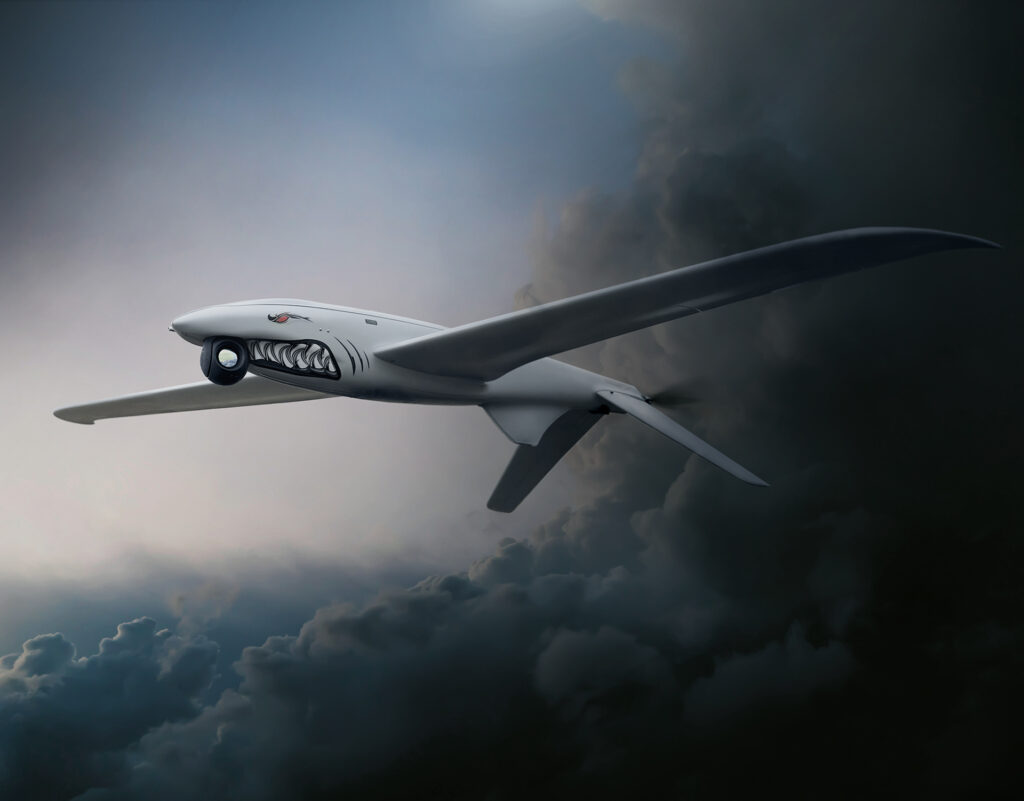
However, battlefield realities have forced manufacturers to focus on rolling out OWA UAVs that had not been developed before the full-scale war. Such drones are now capable of performing high-precision strikes at ranges of over 1,000 km. Among the most famous models is the Antonov An-196 Liutyi drone, which accurately delivers an explosive payload at a distance of >1,000 km. In order to confuse Russian air defence systems and ensure mission success, smaller OWA drones, such as the Rubaka, are employed alongside the Liutyi. These two models are launched simultaneously as part of massed deep strikes. In a single attack, more than 100 different UAVs can be used, some of which are used to confuse Russian air defences.
Other similar Ukrainian projects have also earned acclaim due to high-profile missions carried out, such as the Bober UAV, a long-range loitering munition manufactured by UKRJET. Media reports claim this model has been used in attacks targeting Russia’s oil refineries and Moscow.
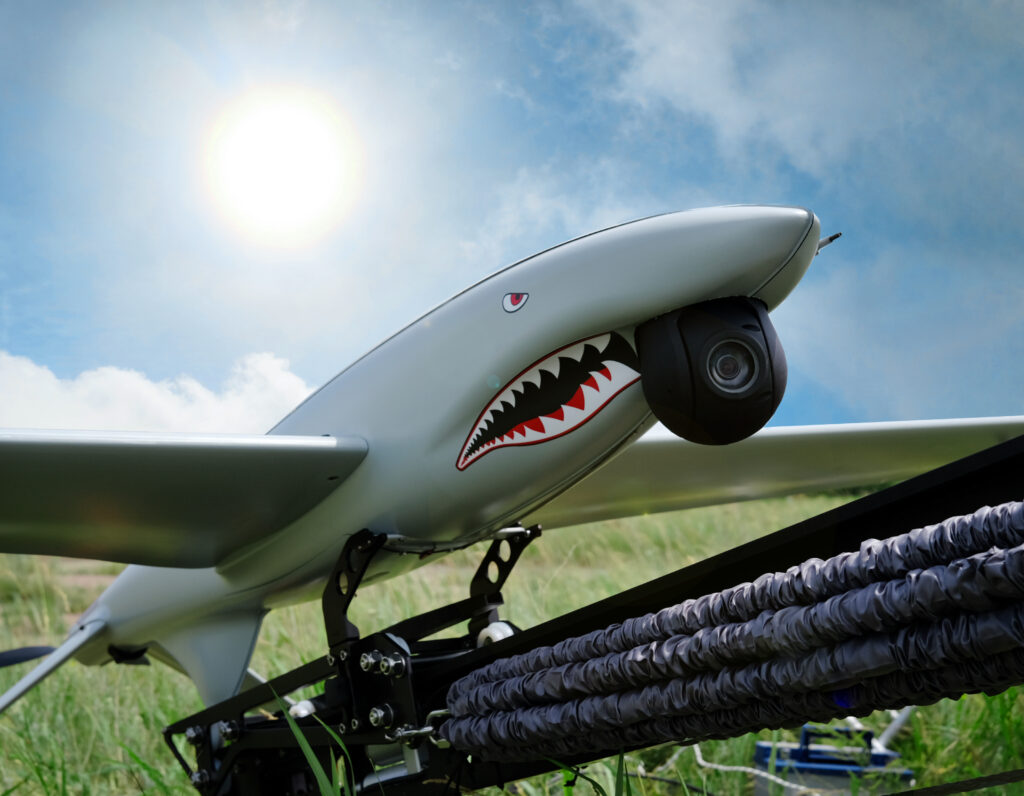
Trends and new technical solutions
Unmanned systems developed in Ukraine possess significant potential for further modernisation and improvement. In 2024, the Ukrainian MoD simplified the procedures for certifying and testing drones; now, instead of six months, the process can take one month or even less. Thanks to drone testing directly in the combat zone, it is possible to significantly shorten the technological development and upgrade cycle.
The next steps in unmanned system development may involve increasing the number of UGV platforms, introducing AI functions, improving the technical features of UAVs, and developing drone interceptors.
For example, an increase is now observed in the operating range of FPV drones. Previously, commercially produced UAVs flew up to 5 km but now, thanks to repeaters, their range has been extended out to around 20 km. Due to the front line being saturated by EW, the use of fibre-optic controlled drones increased in 2024 (with the most notable uptick seen with Russian forces), and in 2025 they may be supplied even more widely to the Ukrainian Army. Their primary tasks may include attacking hostile jammers to clear the area for radio-controlled UAVs.
Ukrainians have also pioneered the use of drones as interceptors for Russian attack and reconnaissance UAVs. These interceptor drones, which can engage enemy drones mid-flight, are capable of reaching speeds of up to 280 km/h and carrying a 0.5 kg explosive payload; though even lower-tech interception methods have been observed – such as the interceptor UAV aiming a simple wooden stick into the propellers of the target UAV. Such methods of downing Russian UAVs are much cheaper than using traditional surface-to-air missiles (SAMs). Moreover, there is room for cooperation with international partners. In this regard, the Ukrainian innovation project, Brave 1, reported on the testing of the German-made Tytan interceptor drone, capable of reaching speeds of up to 300 km/h. The manufacturer plans to equip the drone with an automatic targeting system based on machine vision, and is willing to continue cooperation with Ukrainian developers.
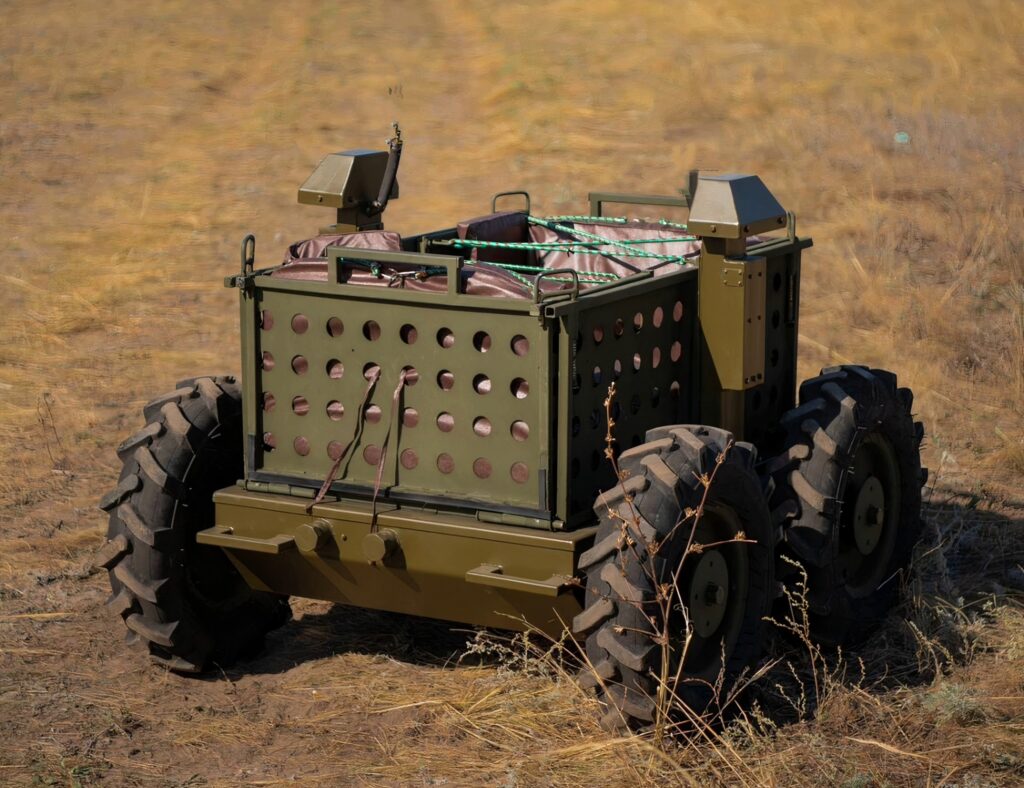
Conclusions
The development and application of unmanned platforms in the Ukrainian Army reveals how quickly the battlefield is changing and transforming under the conditions of full-scale modern warfare. The production and certification cycle is reduced as much as possible since relatively modern models may quickly become irrelevant due to the equally rapid emergence of countermeasures. Tactical advantages are often short-lived as opposing forces continue to search for new solutions, and the longer the hostilities last, the faster this tech race will become.
However, lessons learned from this war show that unmanned platforms have become an integral part of modern warfare, meaning these technologies will be further inscribed into military doctrines and strategies. The key to success on this ever-evolving battlefield will be the ability to quickly adapt and seek innovation, which will increasingly involve AI integration, better autonomy, and higher-quality communications to improve coordination.
Alex Horobets


